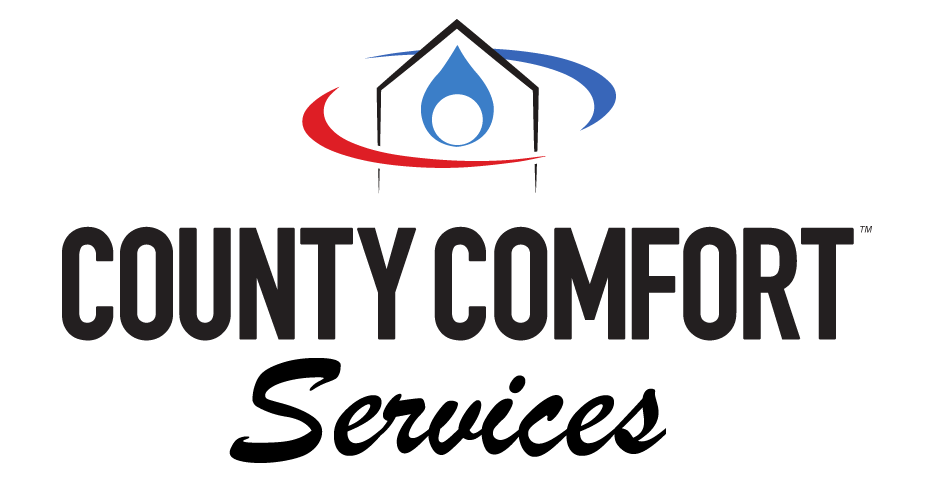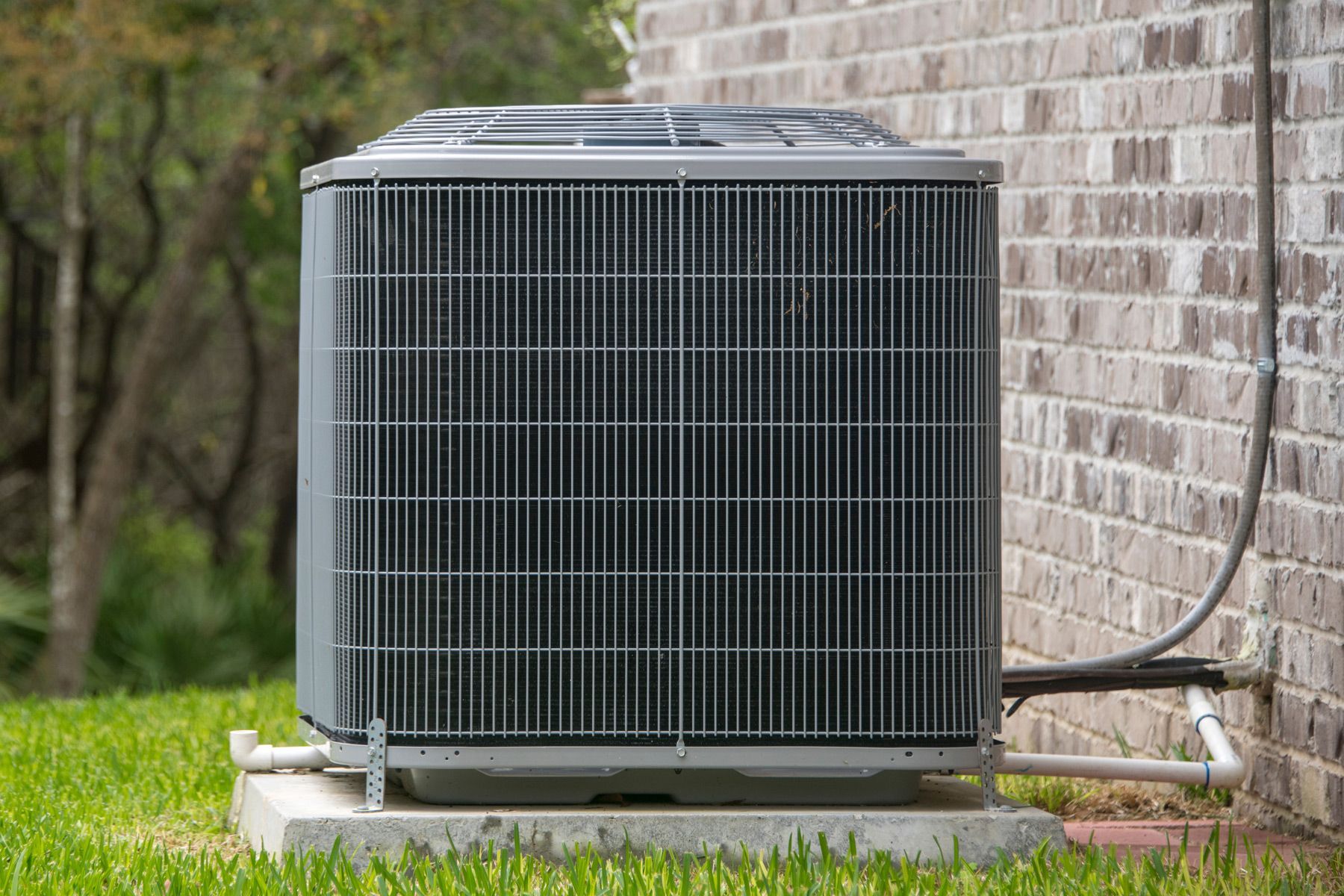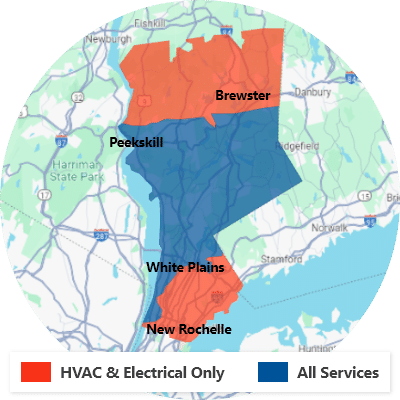Are you considering buying a new air conditioner? Or, are you dissatisfied with the operation of your current air conditioner? Are you unsure whether to fix or replace it? Are you concerned about high summer utility bills? If you answered yes to any of these questions, this publication can help. With it, you can learn about various types of air conditioning systems and how to maintain your air conditioner, hire professional air conditioning services, select a new air conditioner, and ensure that your new air conditioner is properly installed.
Proper sizing, selection, installation, maintenance, and correct use are keys to cost-effective operation and lower overall costs and additional home energy savings in New York.





